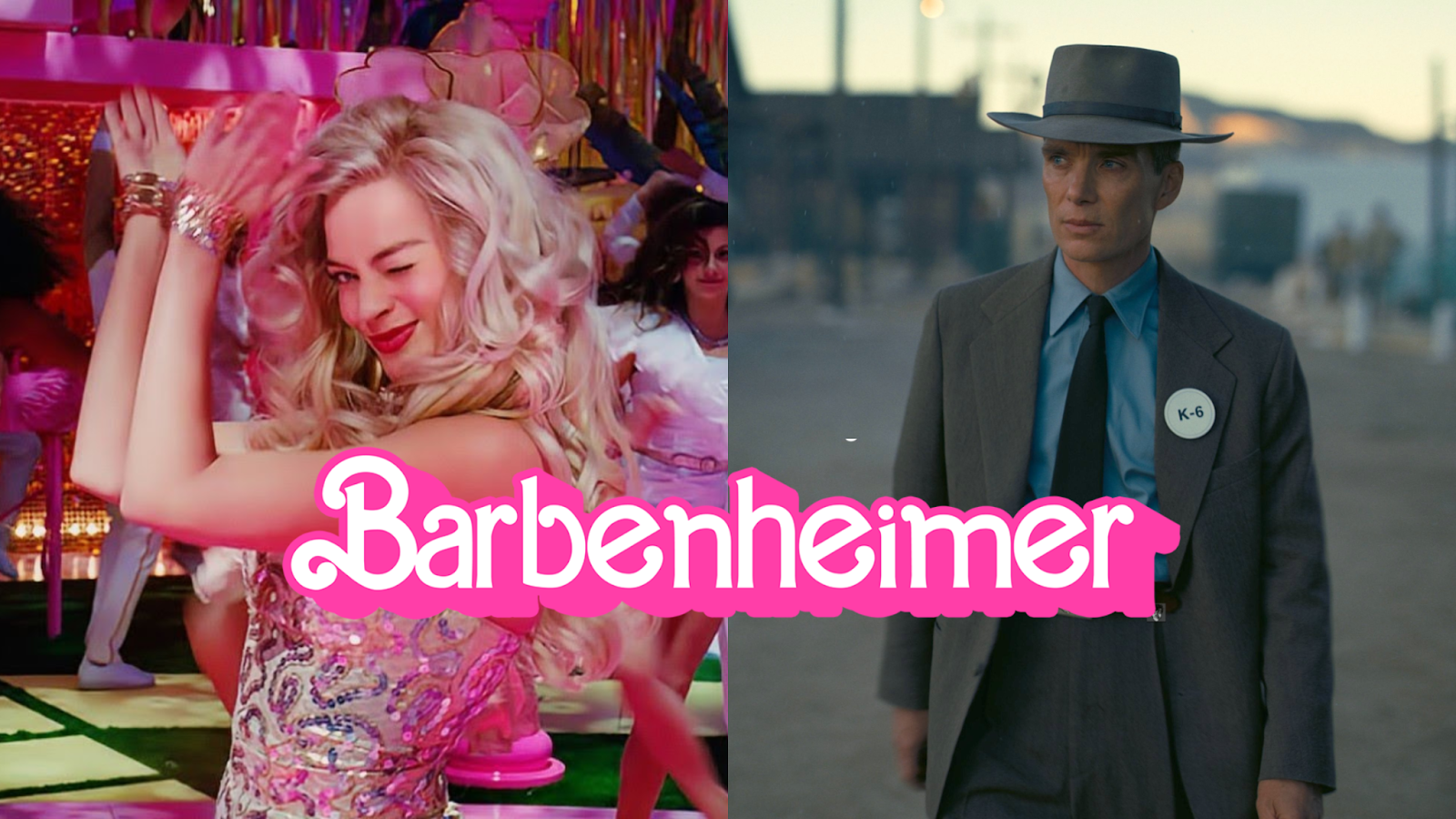The Dollars and the Drama of Barbenheimer Film Budgeting
After a heated Oscar race, Barbenheimer still has lessons to teach filmmakers about film budgeting magic.

As the great Barbenheimer debate rages on after a controversial Oscar season, what the general conversation misses is the impact these historic films may have on the future of filmmaking.
And, no, we're not talking about Barbie's success inspiring the upcoming UNO movie — yes, the card game.
While both Barbie and Oppenheimer were compelling narratives that resonated with audiences, the stories behind the films may pave the way for a new era of pre-production filmmaking.
In this article, we'll look at the importance of using budgets wisely to launch successful marketing campaigns like Barbie’s and how to save money without compromising creative vision like Oppenheimer.
Barbie Can Be Anything with a $150M Marketing Budget
If it felt like Barbie was everywhere this past summer, that’s because she was. Rival film studios have estimated that Barbie had a $150 million marketing budget — $5 million more than the movie’s budget. It’s not unusual for major blockbusters to have massive budgets, but Barbie was a huge gamble for Mattel and Warner Bros.
Before Margot Robbie and Greta Gerwig took over, there was little hope for a Barbie movie. It took ten years for the film to come to fruition, bouncing between studios, failing to woo directors, and juggling leading ladies like Amy Schumer and Anne Hathaway.
While Warner Bros. and Mattel have deep pockets, investing so much in what seemed like a cursed film no one wanted to touch was a major risk—a risk that paid off almost five times over with a $1.44 billion box office.
No matter how you feel about the film, the Oscar snubs, or the doll herself, Barbie is truly a masterclass in thoughtful film marketing. Crafting your marketing campaigns starts with budgeting your film. The more you optimize your budget, the more money you can save and invest in marketing, such as press releases, paid advertising campaigns, or the festival circuit.
Tight scheduling is a great way for filmmakers to save money that can be invested in other departments like marketing. In fact, Barbie’s nemesis Oppenheimer is a fantastic example of how clever schedule restructuring can save millions.
Oppenheimer’s Scheduling Miracle for an Oscar Nominee Set
Travel and locations can quickly and unexpectedly balloon film budgets even for the most seasoned filmmakers. Oppenheimer’s production designer Ruth De Jong, nominated for her work on the film, revealed that Christopher Nolan’s desire to shoot all over the US and build Los Alamos from scratch was well over budget.
Travel and lodging for cast and crew can quickly add up, especially for a high-profile production like Oppenheimer. De Jong’s design for Los Alamos was $20 million alone, or one-fifth of the film's $100 million budget.
Determined to bring his vision to life, Nolan cut the production schedule by 30 days. Technology-adverse Nolan’s adept and malicious rearrangement of the shooting schedule to reallocate funds was undoubtedly impressive. Filmmakers in similar situations can use tools like RivetAI to assist with complex production scheduling issues.
Oppenheimer’s finely tuned pre-production and film scheduling helped the creative team achieve an Academy Award-winning vision. Even if you’re team Barbie, it’s hard not to be impressed by the fact that Oppenheimer was shot in less than two months and still absolutely dominated at the Oscars Sunday, winning seven of the eleven categories it was nominated for, including Best Picture and Best Director.
When Creativity Meets Efficiency
Though the two halves of Barbenheimer may be on opposite ends of the filmmaking spectrum, they share one thing in common: methodical and finely tuned pre-production that leads to box office and awards success.
Looking to the future of filmmaking, more productions may find a happy Barbenheimer marriage. By finding ways to cut wasteful spending, like Oppenheimer, productions can invest more in a Barbie–style marketing mania.
Tools like RivetAI allow filmmakers to experiment with your project’s schedule and see how much more you can get out of your budget.